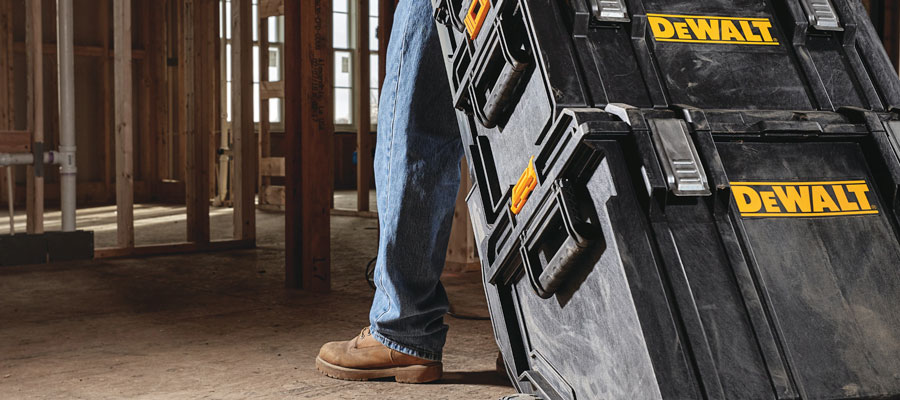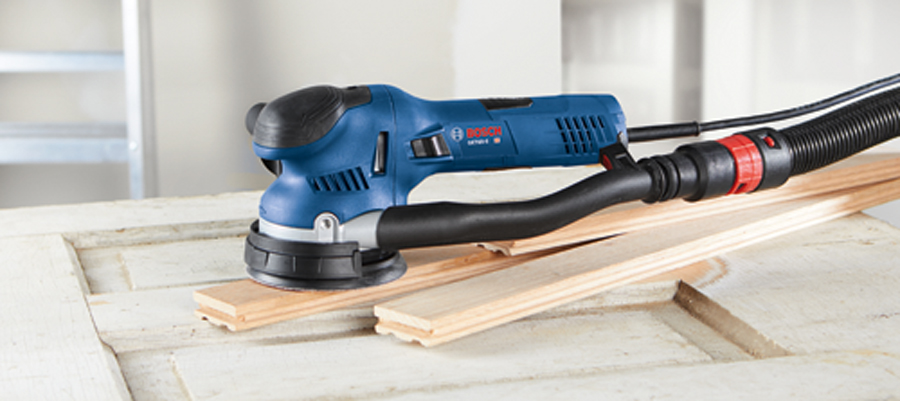When you need a high quality interior door, your options can sometimes seem limited. But when you have specific needs, there are actually a few different options that provide significant benefits over traditional hollow-core doors. In this post, we'll take a solid look at polystyrene insulated core interior doors and the industry standard, honeycomb core doors. You'll have the opportunity to see what makes these doors different and how that can affect their performance. Here's the basics to get you started:

Insulation properties:

When you need to separate two areas in terms of temperature, having the right door can make a big difference. A honeycomb core door uses a pattern of cardboard or fiberboard to fill the space between two veneers, providing structural support to the door. Though this does create a dead air space in the middle, it isn't specifically designed to insulate terribly well. Poly insulated core doors, on the other hand, take that same dead air space and fill it with polystyrene, which has a much higher R-value. This means it provides insulation between zones or in a protected area between indoor and outdoor temperatures. The insulating property of the poly insulated core door is vastly superior to that of the honeycomb core door.
Blocking drafts or winds:
Though by definition a door is designed to stop drafts or wind, some do a better job than others. Whether you're using a door as an interior door between zones with different air pressures or as an exterior door, a honeycomb core door doesn't perform very well as the air can pass through the air space in the middle to the other side. This means that strong winds and drafts will push through the door and make the interior of the building or room less comfortable and more difficult to heat or cool. On the other hand, a poly insulated door has a core of solid foam, which is able to stop the passage of air through the door, blocking the drafts or winds and improving overall comfort and energy efficiency.
Sound control:

One of the areas that is becoming more important in a wide range of industries is sound control. Hospitals are using sound-deadening technology to allow their patients to rest more soundly while schools are implementing them to reduce sound transfer between classrooms, removing distractions for children. If you've ever stood on one side of a door and felt uncomfortable because you could hear everything being discussed on the other side of the door, you already have a good idea of how poorly a honeycomb core door can deaden sound - not well at all. By comparison, poly insulated doors have plenty of sound reducing capabilities as the sound waves are deadened by the foam in the middle of the door. In this category, poly insulated interior doors win hands down.
As you can see, though honeycomb-core doors are more common, they don't have many advantages beyond a cheap price, while polystyrene-insulated core doors provide significant advantages that often more than make up for the slightly higher initial cost. If you still have questions about these doors or need help finding the right door for your project, please feel free to contact the professionals at Star Sales today. We'd be happy to help you find the right solution for your situation.







